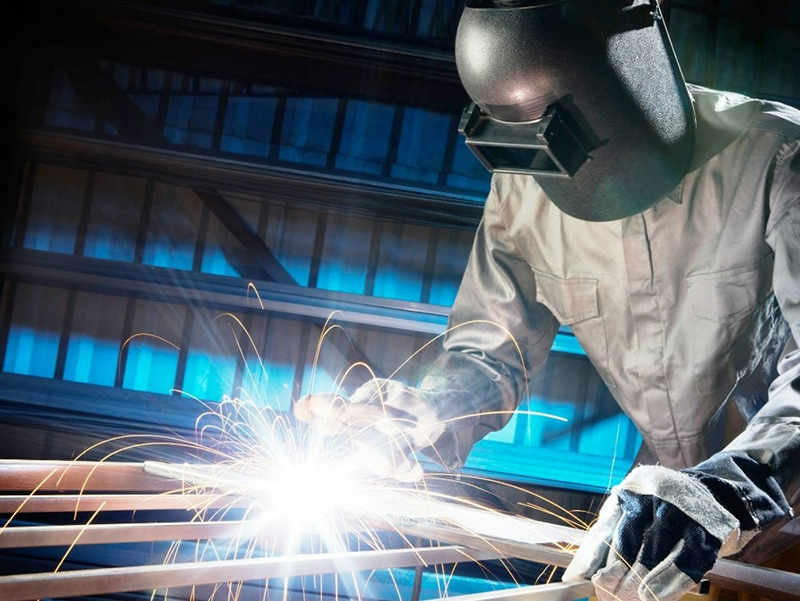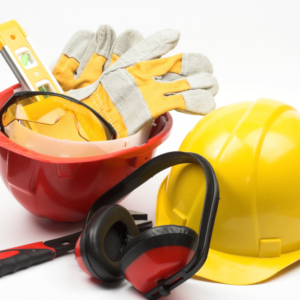Welding is a critical industrial process that demands precision, skill, and utmost safety precautions. Among the essential safety gear for welders, welding face screens play a pivotal role in protecting against hazardous sparks, UV radiation, and debris. In this comprehensive guide, we’ll delve into the significance of welding face screens, their types, features, and best practices for choosing and using them effectively.
Understanding Welding Face Screens:
Welding face screens, also known as welding helmets or shields, are protective gear designed to safeguard the face, eyes, and neck of welders from various hazards encountered during welding operations. They act as a barrier against intense heat, harmful light emissions, flying sparks, and debris generated during welding processes.
Key Features and Types:
1. Optical Clarity: High-quality welding face screens offer superior optical clarity, ensuring clear visibility of the welding area without distortion or glare.
2. UV Protection: Effective welding helmets provide adequate protection against harmful ultraviolet (UV) and infrared (IR) radiation emitted during welding, shielding the eyes and skin from potential damage.
3. Impact Resistance: Durable face screens are constructed from robust materials capable of withstanding impact from flying debris and accidental collisions.
4. Adjustable Fit: A comfortable and secure fit is crucial for prolonged wear. Welding helmets often feature adjustable straps and headgear to accommodate various head sizes and preferences.
5. Auto-Darkening Technology: Advanced welding face screens incorporate auto-darkening filters that automatically adjust the shade level based on the intensity of the welding arc, ensuring optimal visibility and protection.
Types of Welding Face Screens:
1. Passive Welding Helmets: Traditional welding helmets with fixed shade lenses provide basic protection and are suitable for occasional welding tasks.
2. Auto-Darkening Welding Helmets: These helmets feature advanced auto-darkening filters that instantly adjust the shade level in response to arc brightness, offering enhanced versatility and convenience.
3. Powered Air-Purifying Respirator (PAPR) Helmets: Integrated with respiratory protection, PAPR welding helmets offer both respiratory and facial protection, making them ideal for environments with hazardous fumes and particles.
Choosing the Right Welding Face Screen:
1. Safety Standards Compliance: Ensure that the helmet meets relevant safety standards such as ANSI Z87.1 for eye and face protection.
2. Safety Standards Compliance: Ensure that the helmet meets relevant safety standards such as ANSI Z87.1 for eye and face protection.
3. Optical Quality: Select a helmet with a high-quality lens that offers clear visibility and minimal distortion.
4. Auto-Darkening Technology: Evaluate the responsiveness and reliability of the auto-darkening filter to ensure optimal protection and visibility.
5. Durability: Choose a helmet constructed from durable materials capable of withstanding harsh welding environments.
Best Practices for Using Welding Face Screens:
1. Inspect the helmet before each use for any signs of damage or wear.
2. Ensure the helmet is properly adjusted to provide a comfortable and secure fit.
3. Clean the lens regularly to maintain optical clarity and visibility.
4. Replace worn-out parts, such as filters and headgear, as needed to maintain effectiveness.
5. Store the helmet in a clean and dry environment away from extreme temperatures and sunlight.
Welding face screens are indispensable safety gear that protects welders from various hazards encountered during welding operations. By understanding the importance of welding face screens, their key features, types, and best practices for selection and use, welders can enhance safety, precision, and comfort in their work environments. Investing in high-quality welding face screens not only promotes workplace safety but also contributes to improved productivity and job satisfaction.


